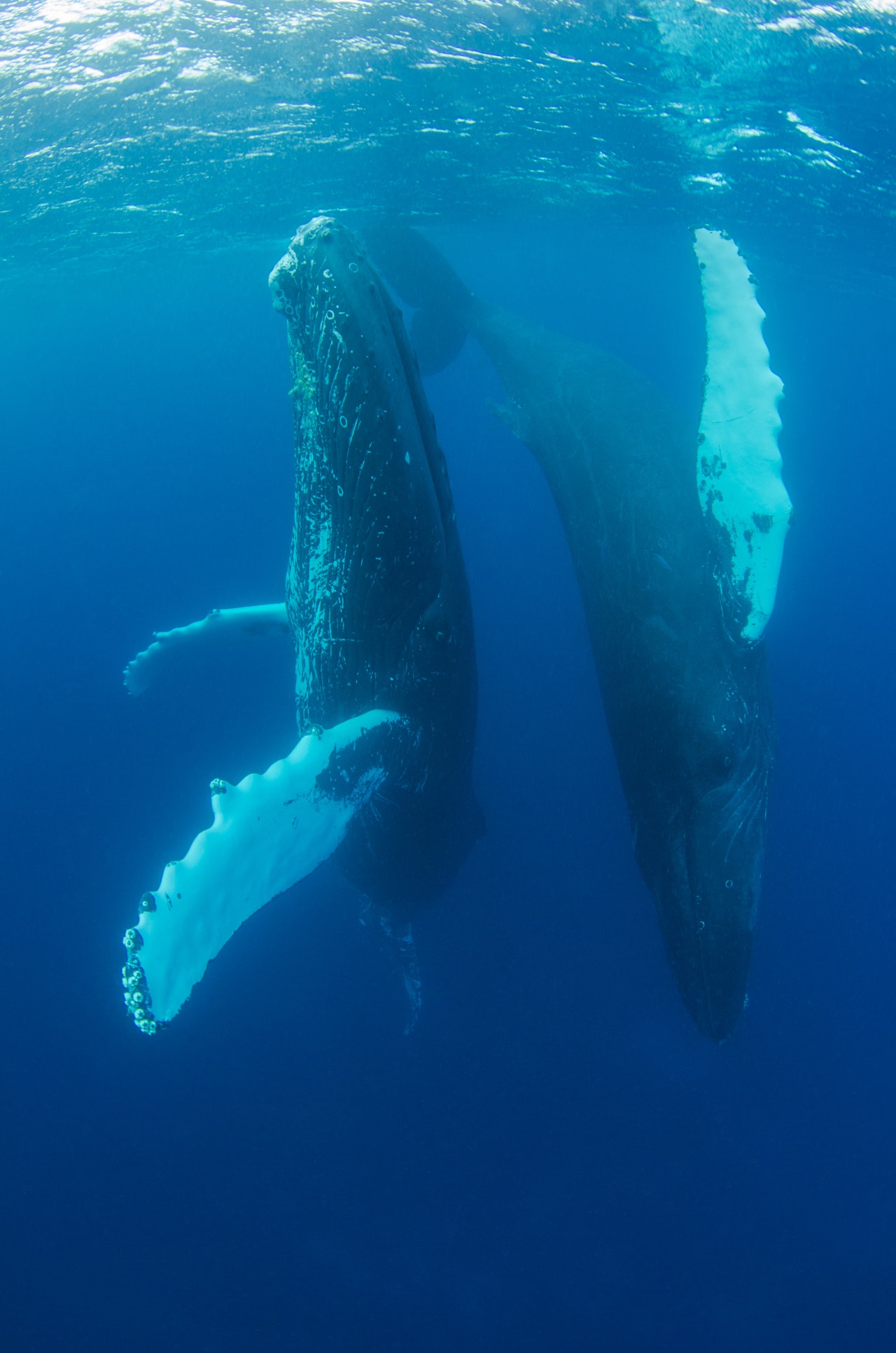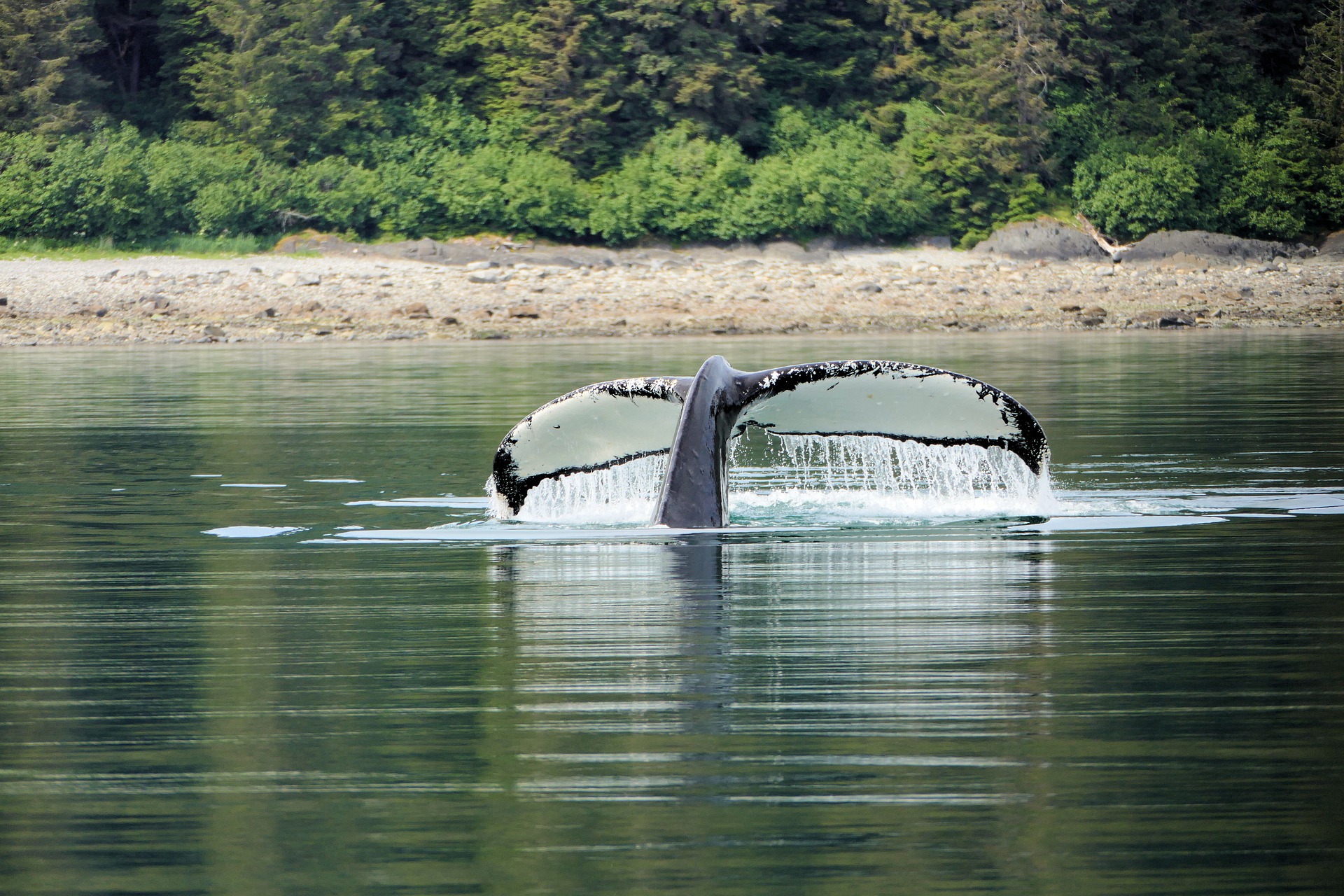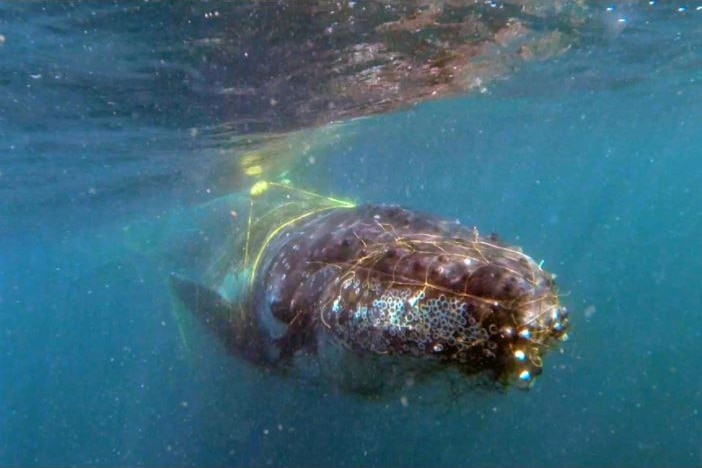
- Inspiring People -
- 6mins -
- 386 views
Humpback whales taken off Australia’s threatened species list
The Australian government’s independent scientific panel on threatened species deems the mammals have made a major recovery in the 60 years since the practice of whaling largely ended.
Whale of a recovery story brings hope for threatened species
One of the most majestic animal recovery stories ever recorded has been confirmed with the removal of the humpback whale from Australia’s threatened Species list.
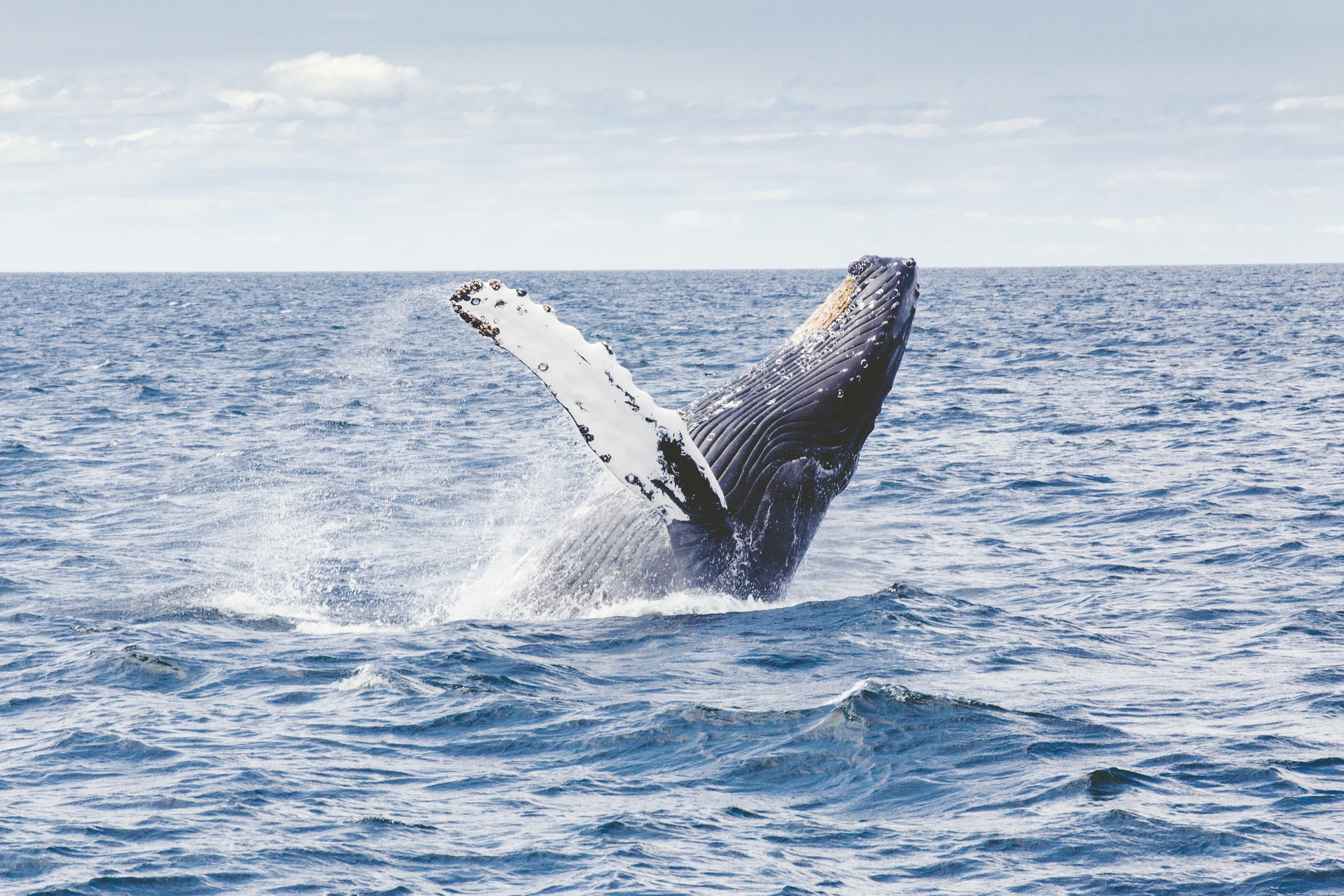
Australia’s Humpback population believed to be as many as 40,000 individuals and growing
A 26 February announcement from the office of Minister for the Environment Sussan Ley said that while international protections remain firmly in place to prevent any form of whale hunting, the strength of the humpback whale population meant that the independent Threatened Species Scientific Committee no longer regarded them as endangered or vulnerable.
“This is not about removing safeguards for humpbacks, which are still a protected migratory species, but it is a recognition of the success of the outstanding conservation efforts that are in place,” Minister Ley said.
“At the height of the global whaling industry there were as few as 1500 Humpback whales in Australian waters, today that population is believed to be as many as 40,000 individuals and growing.
“Australia is a world leader in whale conservation, and we will continue to work through the International Whaling Commission to promote whale conservation and maintain the global moratorium on commercial whaling.
“Our removal of the Humpback from the threatened species list is based on science and sends a clear signal about what can be achieved through coordinated action. It is a message of hope for the welfare of a number of species.”
The decision to remove the Humpback whale from the threatened species list follows a public consultation process and detailed assessment by the independent Threatened Species Scientific Committee.
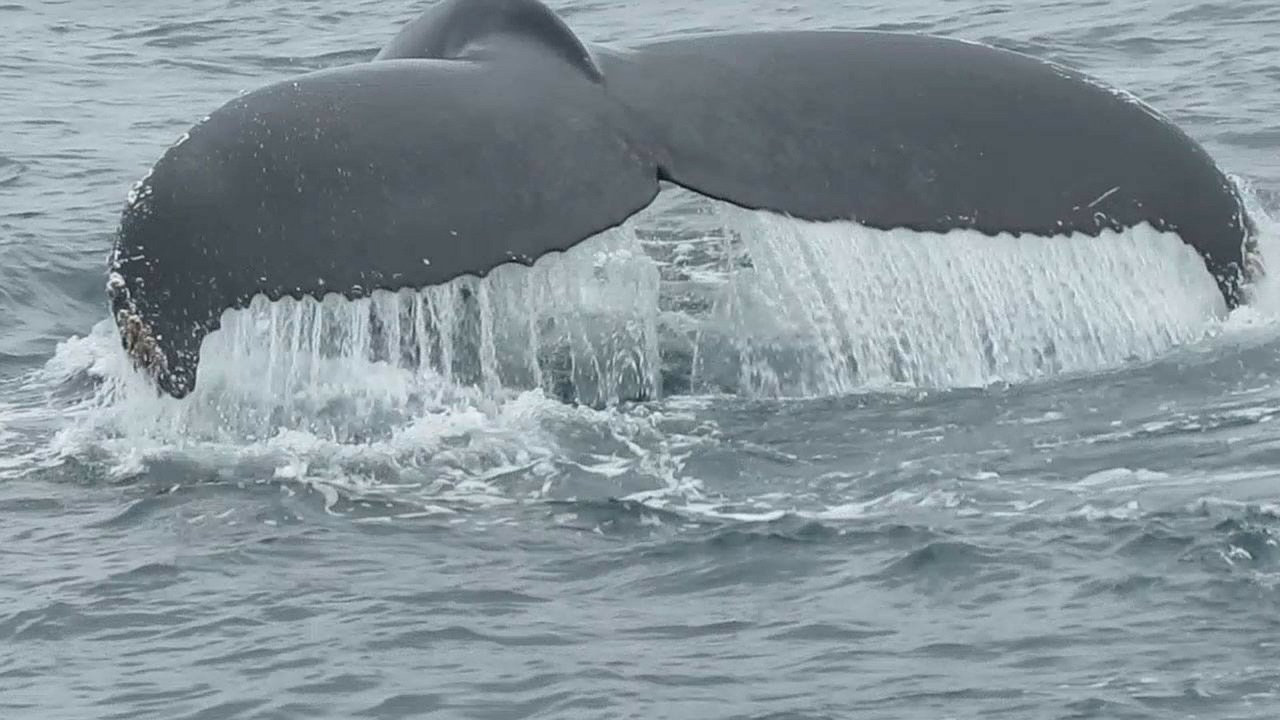
Humpback numbers have slowly recovered Since becoming a protected species in 1966
OrcaWeb, the UK-based whale and dolphin protection organisation say the humpback whale is one of the most iconic species of whale and can be found worldwide with distinct seasonal distribution changes. They typically spend the summer in high latitudes to feed in the cold waters, and winter in the warmer tropics to breed.
Humpback whale numbers were severely depleted between the 17th and 20th centuries by whalers who hunted the species commercially for oil, meat and baleen, leaving them close to extinction.
Since they became a protected species in 1966, their numbers have slowly recovered. There are still subpopulations worldwide that cause concern, including populations in the Arabian Sea, western North Pacific, west coast of Africa and parts of Oceania.
At the height of commercial whaling, the number of humpbacks in Australian waters was just 1,500, but this has now increased to an estimated 40,000. Commercial whaling of humpbacks ceased in Australia in 1963, and due to the species’ dramatic decline in number across the world, in 1965, they received international global protection.
By this time, over 30,000 humpback whales had already been killed by whalers operating in Australian and New Zealand waters as they migrated from the Antarctic to warm tropical waters north of Australia.
Source: OrcaWeb.org.uk
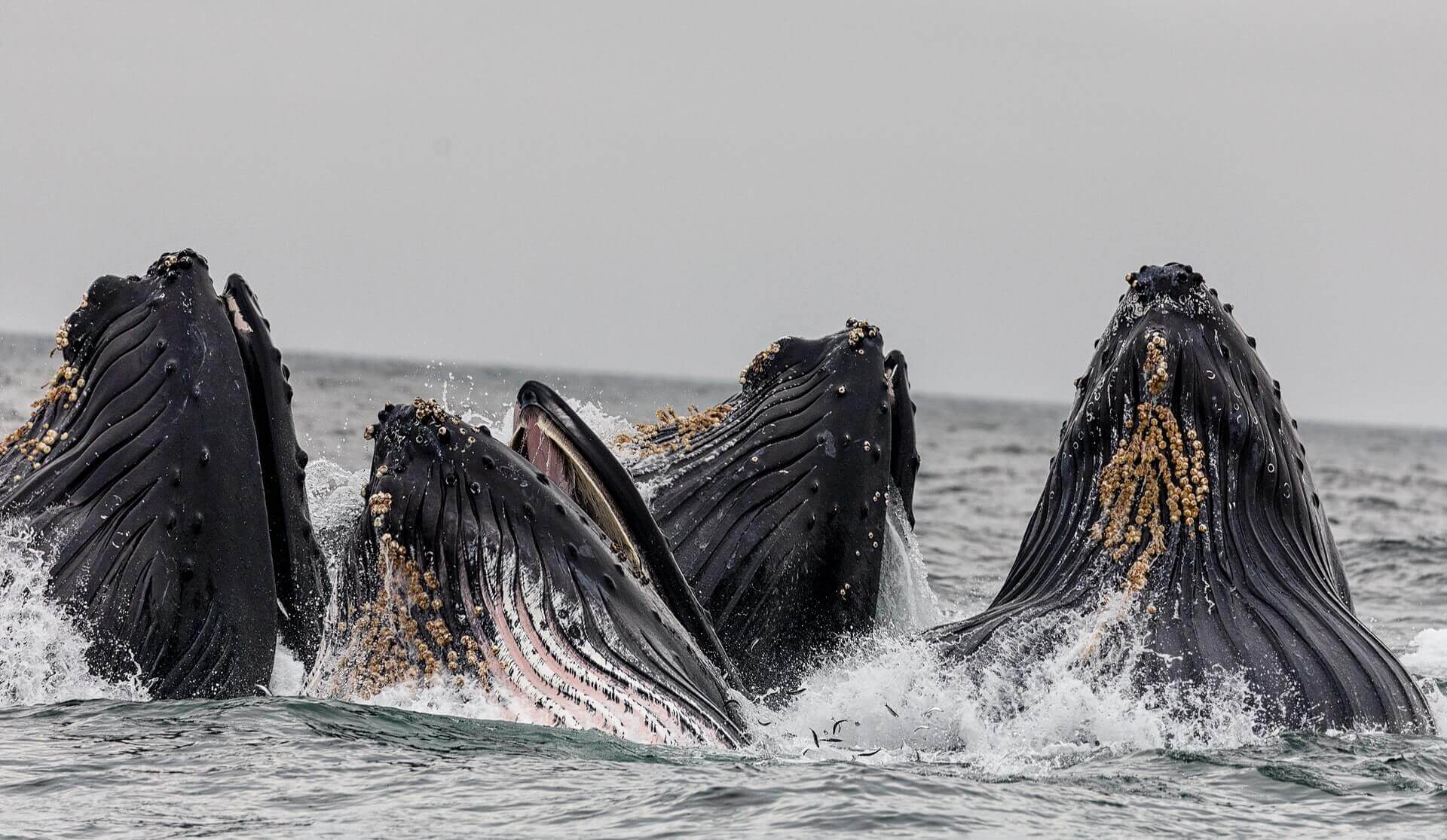
Humpbacks still face threats
Other whale species were also pushed to the brink of extinction by commercial whaling in the Southern Ocean between the 19th and early 20th centuries. Southern right whales became protected in Australian waters in 1935 after more than 26,000 individuals had been killed, and between 1953 and 1978, 16,000 sperm whales were taken by Australian whalers.
In 1978 the last commercial whaling station in Australia ceased operations and closed its doors before the country adopted an anti-whaling policy in 1979. Australia then began to focus on working towards the international protection and conservation of whales.
Despite being removed from the threatened species list, humpback whales are continuing to face serious threats and there are concerns that global warming could cause numbers to decline again as our oceans warm. Antarctica is a popular feeding ground for this species but global warming could affect krill populations in this area, which could subsequently contribute to a decline in humpback numbers.
Some of the other diverse threats to this species include chemical and noise pollution, ship strikes and entanglement in fishing gear. Despite being removed from the threatened species list, humpback whales will still receive some legal protections in Australia. It is vital that these populations are closely monitored and protections remain in place to ensure that they continue to recover and are safeguarded for future generations.
Source: OrcaWeb.org.uk
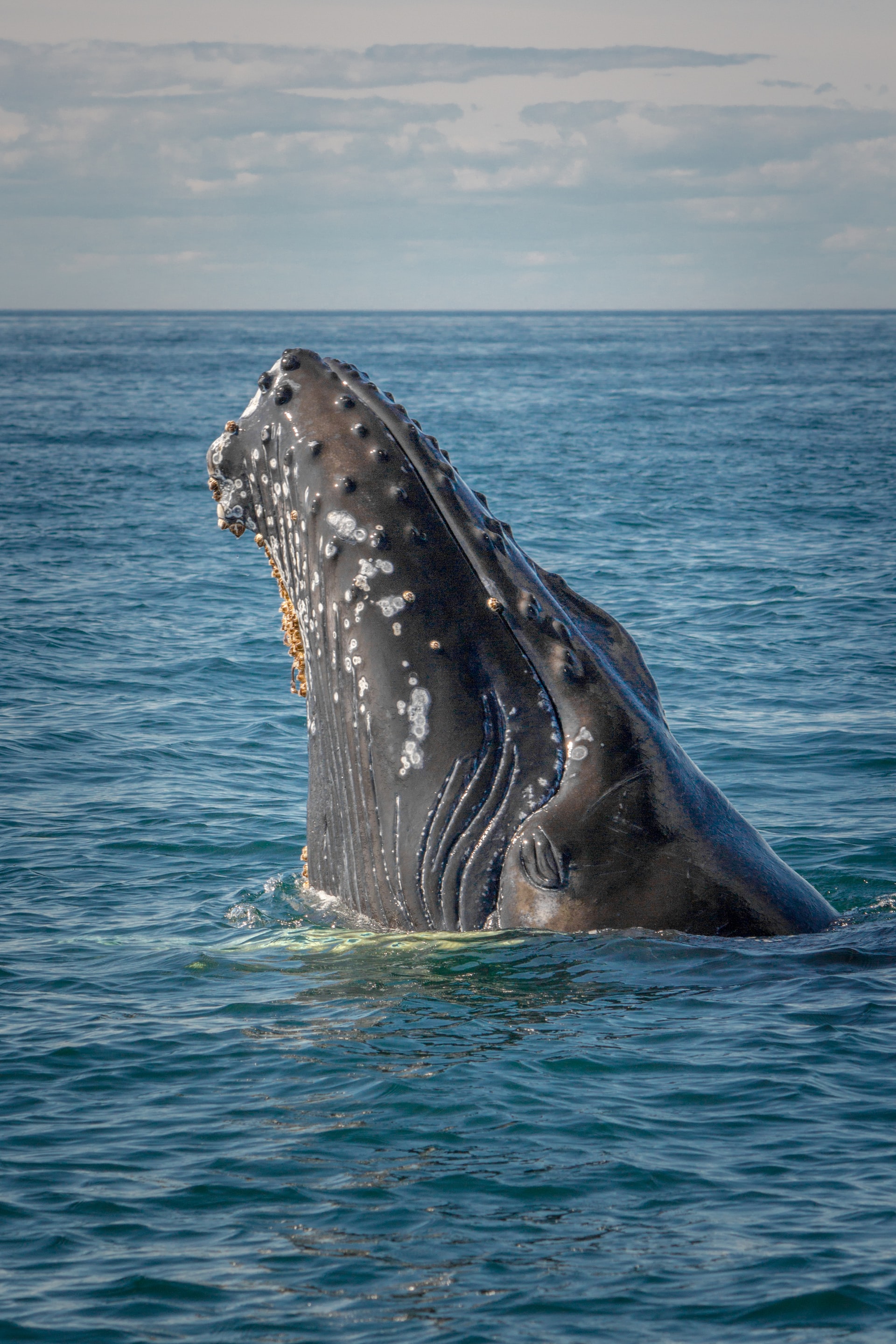
An uncertain future…
A 2019 study on the impact of historic whaling and future climate change on baleen whales – which includes humpbacks – in the southern ocean said that whole of ecosystem modelling, which linked krill levels to ocean temperature and declining sea ice, predicted “concerning” population declines and even some local extinctions by 2100.
Another study in 2020 warned that rapid environmental change caused by the climate crisis appeared to be affecting breeding rates, with a significant decline in the number of humpback whale calves born in a major summer feeding ground for the whales in the northern hemisphere.
Whales are also impacted by rising levels of plastics and other pollution in the ocean. They get entangled in fishing gear, swallow plastic, and are affected by ship strikes and noise disturbance.
Source: The Guardian
